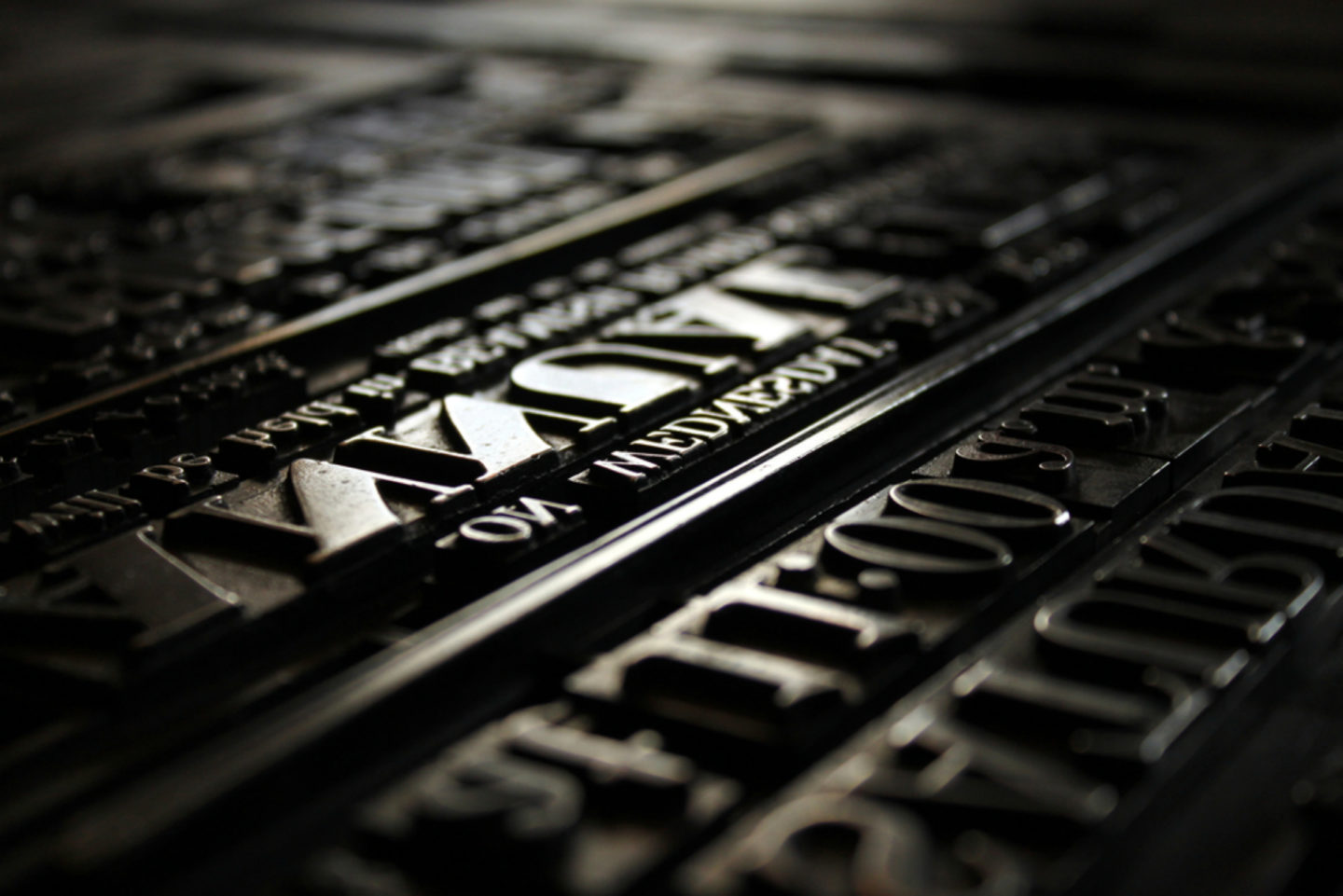Being able to instantly print out an invoice, letter or travel ticket is something we take massively for granted in modern day society – it is a near-effortless process that can quickly provide you with the results you are searching for. But how did people get on before the introduction of technology? And just where did the idea of printing actually come from?
Well tighten your seatbelts, as we are going on a journey way back to find the origins of the printed word.
868 AD – The First Printed Book
Found in the Mogao caves of China in Dunhuang, the Diamond Sutra is one of the most important artefacts in the history of printing. The book was discovered by an expedition party in 1899, bringing printing to the forefront of historical research. There are details on when the Sutra was actually created – nearly 1,200 years ago in 868 AD. Depicting printed illustrations of Buddha and coming from the T’ang Dynasty, the copy is printed on a sheet measuring 16 feet long and a foot high, and has been carefully glued together by the donor of the book, Wang Chieh.
Mid-15th Century – Johannes Gutenberg
Johannes Gutenberg pioneered a whole new approach to printing during the 15th century, by introducing re-usable and moveable presses. He was an advocate of bringing books to the masses, and so developed a technique of using wooden blocks with single letters on – rather than the words and sentences which were currently being used – so more literature, as it meant there didn’t need to be a whole new press for each new book. This allowed for much more flexibility in creating words, as the single letters could be rearranged. He later changed the pressing material to a tin and lead alloy to make the print clearer – reaching speeds of 33 letters on page per minute.
1798 – Senefelder’s Lithography
To further the work done by Gutenberg 350 years earlier, Alois Senefelder took printing to the next level with his technique of lithography. The German actor and playwright developed lithography as he was unable to pay for the publishing of his latest play, and his etching method became a much cheaper way of printing, compared to his predecessor Gutenberg. By applying grease to the limestone printing plate, treating the etching with a mixture of Arabic gum and acid, dampening with cold water and then coating in the lithography ink, Senefelder was able to create the perfect mirror image onto paper – and a new way of printing.
1903 – The Birth of Offset
Fast forward a century and a printing method still used to this day was invented – offset printing. Working on a similar principle to Senefelder, Ira Washington Rubel used his own lithography set to develop offset printing, as he found that the results were of a far greater quality when a rubber cylinder was used, rather than a stone plate. Offset printing is a popular method in the 21st century when producing magazines, books and other literature.
2015 – Home Printing
What would Johann Gutenberg say if he saw the printing equipment of today? It is estimated that more words are printed out every second in the modern world than in an entire year back in the 16th century! With the likes of inkjet and laser printer currently the most popular within the marketplace, it is now a piece of cake to print anything you like simply by tapping a few buttons in your own home. And with the 3-D revolution slowly coming around the corner, who knows what the next leap forward will be in the world of printing.







